Change doesn’t happen overnight. We all know that. But there are usually clear signs that the workouts you’re doing are working – in both the short and long term. You might notice that you have more energy, perhaps you’re sleeping better, or maybe you feel stronger. How long it takes for these benefits to come into fruition will depend largely on your level of fitness before you started your new routine – someone who didn’t exercise at all will likely see results sooner – but if you pass the 8-12-week mark and you’re still not feeling any different, you’re probably doing something wrong.
According to fitness and nutrition coach Dr Stephanie Estima and leading female physiologist Dr Stacy Sims, there are a few reasons the workouts you’re doing might not be working. Here’s what you may need to switch up, including why you should stop those hour-long fitness classes, how sprint interval training could help, and when and what you should eat.
1.Skip the 60+-minute fitness classes
Antonio_Diaz//Gallery Stock
‘Many women mistake classes like spin, Orangetheory and Barry’s as HIGH intensity (zone 5) when really they are often zone 2-4 at most (even if you FEEL like they’re not).
‘Over time, this sort of extended moderate cardio can raise cortisol, drain energy, and increase cravings and belly fat without improving strength or metabolism. Focusing on higher-quality training can break this cycle.’
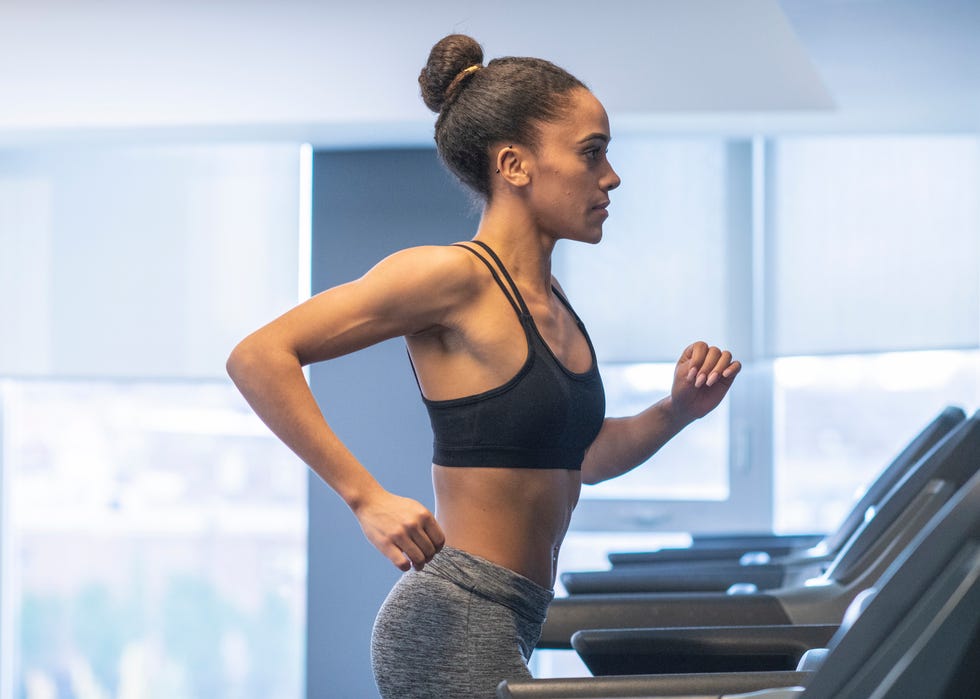
FatCamera//Getty Images
‘Sprint interval training – those short, 15 second-ish, all-out bursts of effort with plenty of rest in between offer incredible benefits, especially for women in midlife.
‘These workouts don’t take much time but deliver a lot of impact, making them a smart, efficient way to boost your metabolism and stay resilient as you age.’
3. Learn to lift before lifting heavy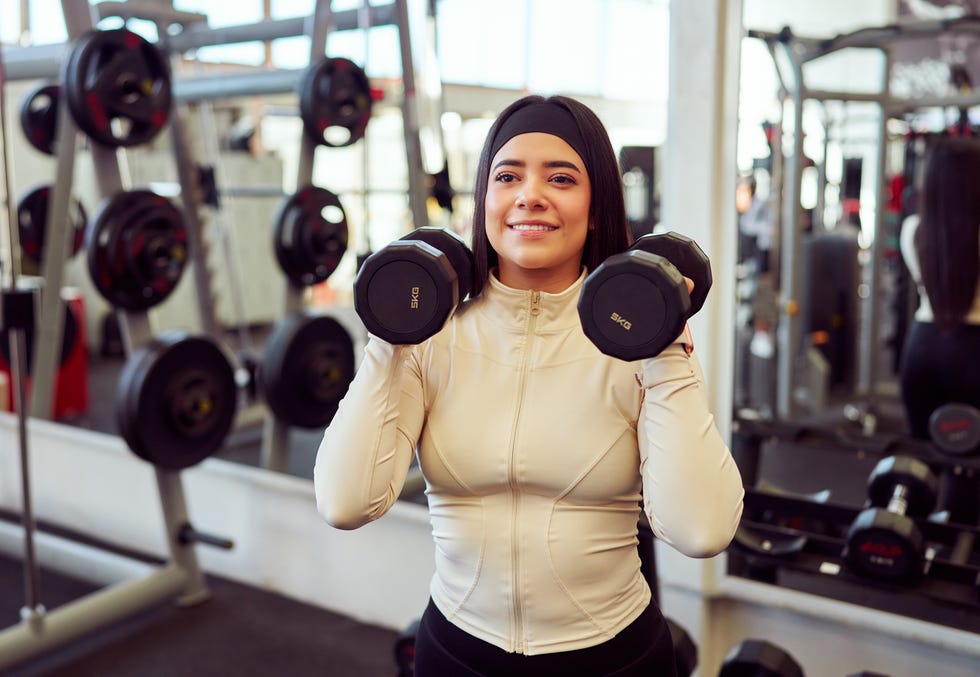
Oscar Gutierrez Zozulia//Getty Images
‘Before jumping into heavy weights, it’s important to build a strong foundation. Learning proper technique and developing good movement patterns first helps you stay safe and get the most out of your training.
‘Starting with lighter loads builds coordination, confidence, and a solid foundation. From there, you can safely progress to heavier lifting for the best results.’
4. Heavy strength training counters age-related muscle decline 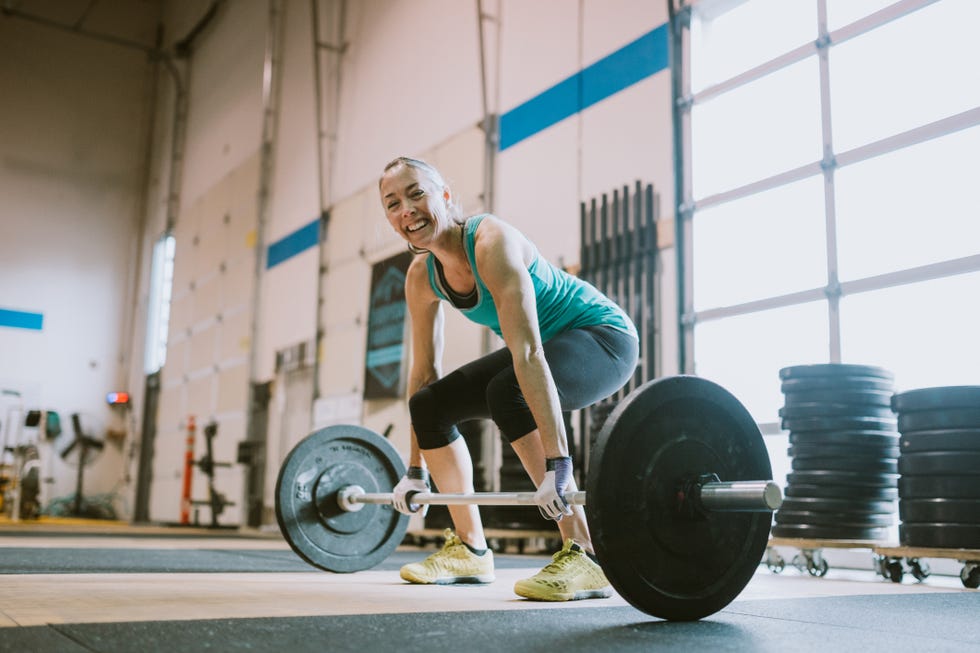
RyanJLane//Getty Images
‘As women move into perimenopause and beyond, it’s common to feel a drop in strength and power, even before losing noticeable muscle size.
‘Heavy strength training helps maintain strong muscle contractions, supports bone density, and keeps your nervous system sharp. Over time, it preserves muscle quality, improves metabolism, and builds the resilience needed for daily activities and long-term health.’
5. Strength training should be compound and focused 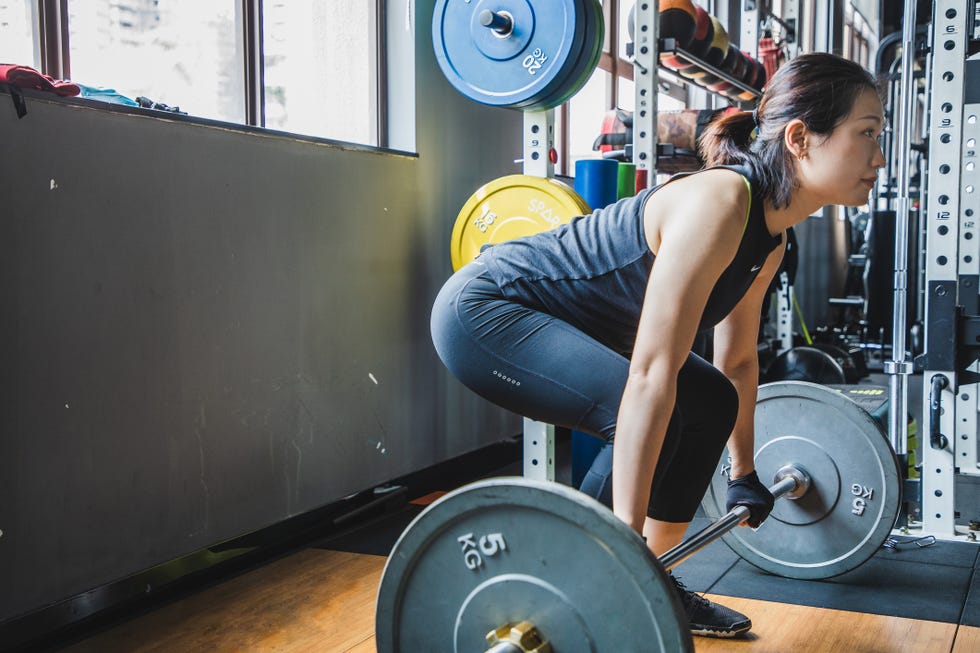
Kilito Chan//Getty Images
‘Prioritising compound movements like squats, deadlifts, presses, and rows helps build functional strength and improves stability throughout your body.
‘Starting your workout with these bigger lifts maximises your energy and focus. Afterward, you can add smaller, targeted exercises if you’d like.
‘This approach is efficient, effective, and a great way to build muscle and confidence over time.’
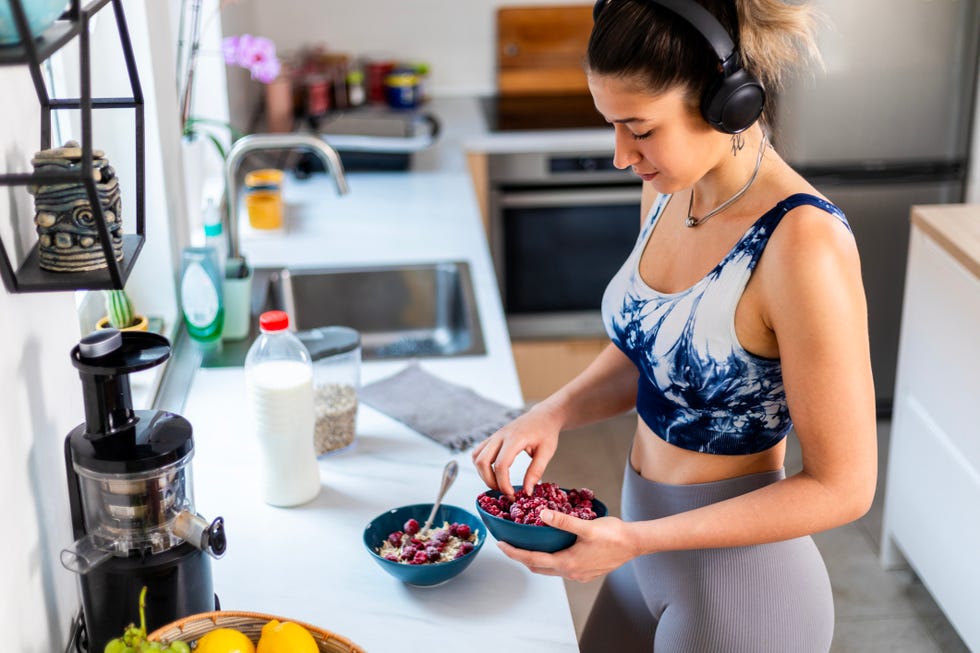
Sladic//Getty Images
‘Having a little fuel before you exercise (especially in the morning) can make a big difference in not only performance but your ability to burn calories throughout the day.
‘As little as 15g of protein/150 calories helps stabilise blood sugar, improve workout performance, and support recovery.’
7. Post-workout nutrition matters more than you think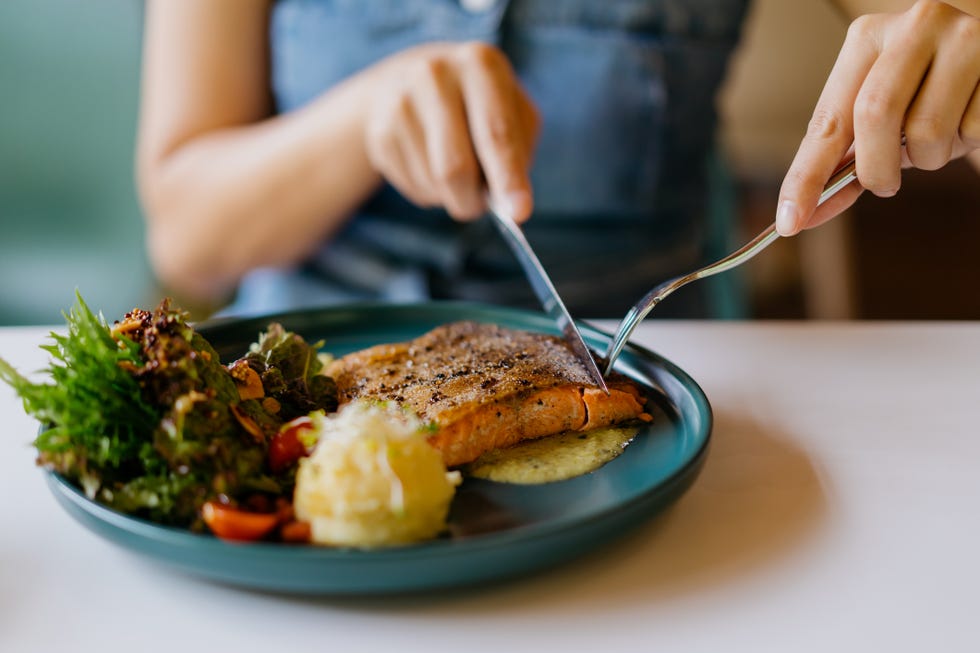
hxyume
‘While total daily protein is important, women often benefit from eating soon after exercise, especially a combination of carbs and protein.
‘This helps replenish energy stores, support recovery, and reduce prolonged muscle breakdown. It also lowers the risk of low energy availability, which can affect hormones, metabolism, and overall health.
‘Even a simple shake or light meal within an hour can go a long way toward keeping your body strong and resilient.’
RELATED STORIES
As Women’s Health UK’s fitness director (and a qualified yoga teacher), Bridie Wilkins has been passionately reporting on exercise, health and nutrition since the start of her decade-long career in journalism. She secured her first role at Look Magazine, where her obsession with fitness began and she launched the magazine’s health and fitness column, Look Fit, before going on to become Health and Fitness writer at HELLO!. Since, she has written for Stylist, Glamour, Cosmopolitan, Marie Claire, Elle, The Metro, Runner’s World and Red.
Now, she oversees all fitness content across womenshealthmag.com.uk and the print magazine, spearheading leading cross-platform franchises, such as ‘Fit At Any Age’, where we showcase the women proving that age is no barrier to exercise. She has also represented the brand on BBC Radio London, plus various podcasts and Substacks – all with the aim to encourage more women to exercise and show them how.
Outside of work, find her trying the latest Pilates studio, testing her VO2 max for fun (TY, Oura), or posting workouts on Instagram.
